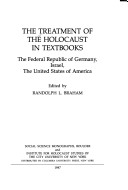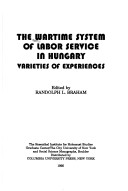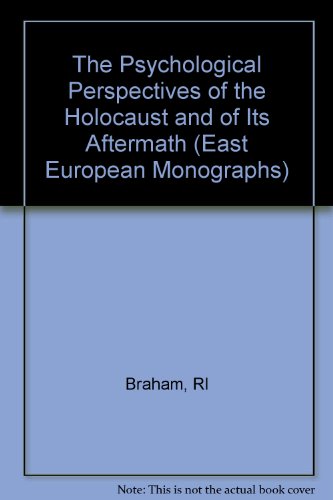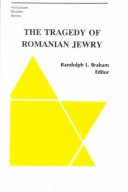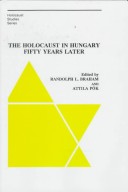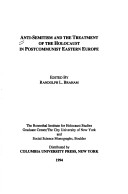East European Monographs S.
10 total works
v. 350
v. 420
v. 301
The Psychological Perspectives of the Holocaust and of Its Aftermath
by Randolph L. Braham
v.483
The Destruction of Romanian and Ukrainian Jews During the Antonescu Era
by Randolph L. Braham
v. 404
v. 208
v.457
v. 405

